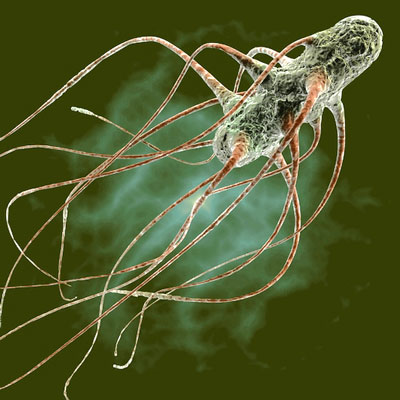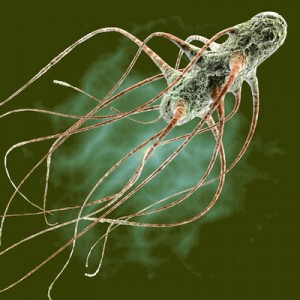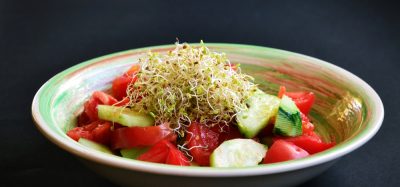IFR study reveals how Salmonella synchronises its invasion plan
- Like
- Digg
- Del
- Tumblr
- VKontakte
- Buffer
- Love This
- Odnoklassniki
- Meneame
- Blogger
- Amazon
- Yahoo Mail
- Gmail
- AOL
- Newsvine
- HackerNews
- Evernote
- MySpace
- Mail.ru
- Viadeo
- Line
- Comments
- Yummly
- SMS
- Viber
- Telegram
- Subscribe
- Skype
- Facebook Messenger
- Kakao
- LiveJournal
- Yammer
- Edgar
- Fintel
- Mix
- Instapaper
- Copy Link
Posted: 4 June 2015 | | No comments yet
A study from the Institute of Food Research has uncovered a mechanism by which Salmonella bacteria organise the expression of genes required for infection…


A study from the Institute of Food Research (IFR) has uncovered a mechanism by which Salmonella bacteria organise the expression of genes required for infection.


Salmonella bacteria are the leading cause of food borne illness in the EU. Part of what makes them so successful is their ability to invade our bodies, overcoming our natural defences. Understanding how they do this could lead to new ways of preventing their invasion.
Most Salmonella infections result in gastroenteritis, when the bacteria invade the epithelial cells lining our gut. However, under certain conditions, Salmonella can subsequently cause a potentially lethal systemic typhoidal infection when they invade the underlying immune cells. The invasion of epithelial cells and immune cells are controlled by two separate gene clusters called Salmonella Pathogenicity Islands 1 and 2 (SPI1, SPI2) respectively.
Now, Dr Arthur Thompson and colleagues from the Institute of Food Research have shown how certain factors within Salmonella help to coordinate the deployment of SPI1 and SPI2.
Two proteins and an alarmone help to coordinate when and where the Salmonella gene clusters SPI1 and SPI2 are expressed
The control system involves two proteins (RpoS and DksA) and ppGpp, an alarmone. Alarmones are molecules that bacteria produce in response to extreme environments, such as in the harsh environment of the gut. In conjunction with each other, these components help to coordinate when and where SPI1 and SPI2 genes are expressed, in phases that match the steps in Salmonella’s infection strategy.
“We’ve shown how RpoS, DskA and ppGpp modulate the distribution and activity of RNA polymerase to allow the phased expression of SPI1 and SPI2” said Dr Thompson of the IFR, which is strategically funded by the Biotechnology and Biological Sciences Research Council.
The research is published in an article, ‘Transcriptional and post-transcriptional modulation of SPI1 and SPI2 expression by ppGpp, RpoS and DksA in Salmonella enterica sv Typhimurium’ by C. R. Rice et al, in the journal PLOS ONE.









